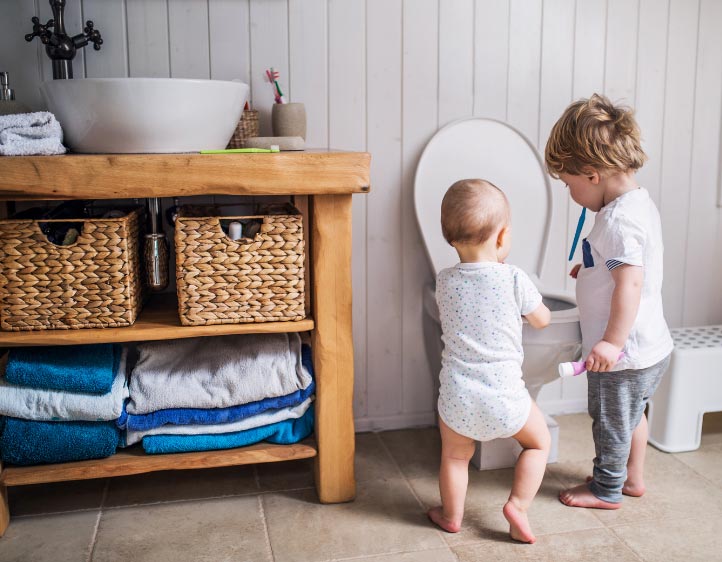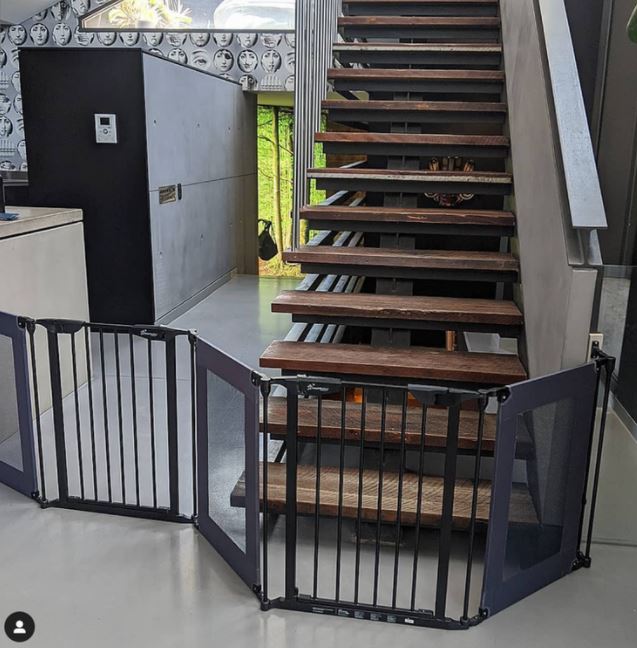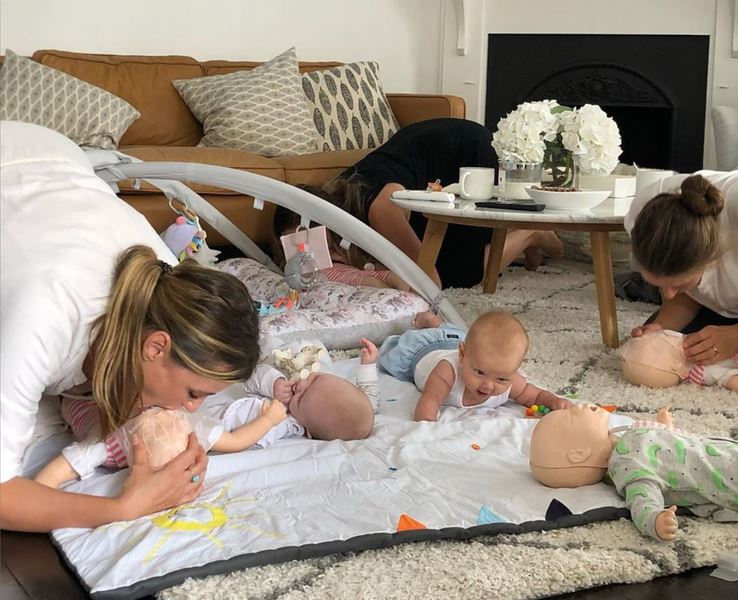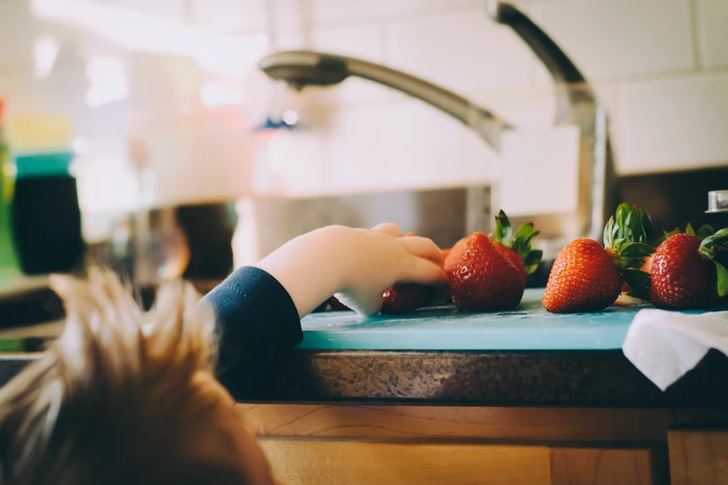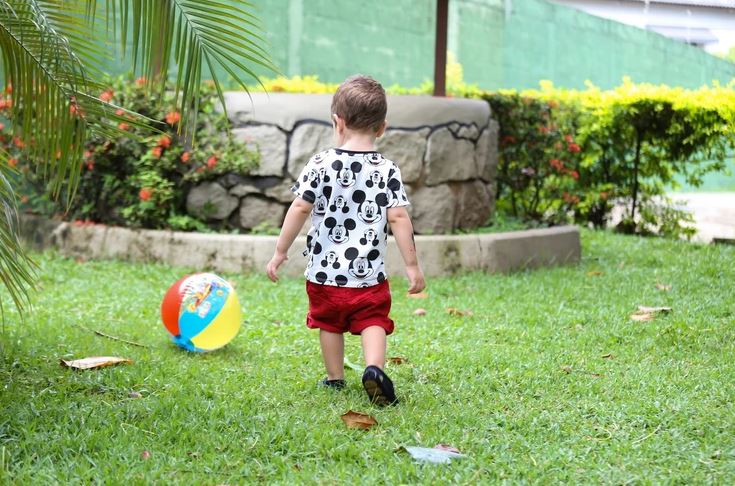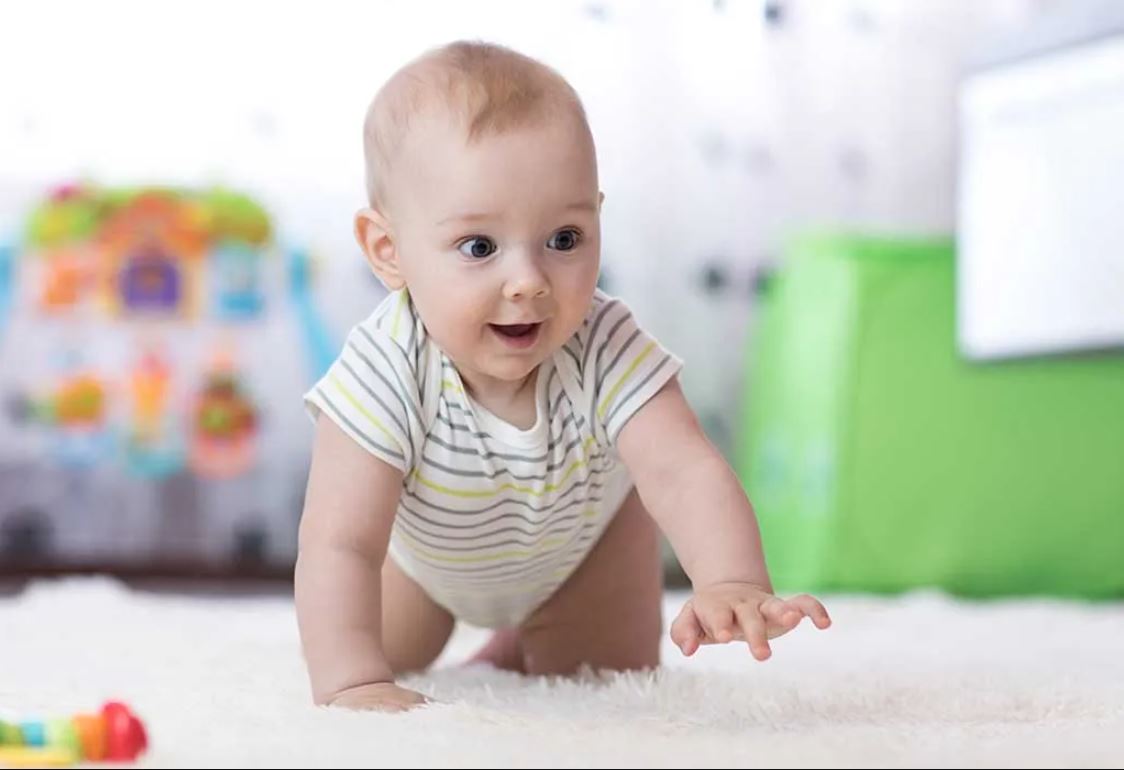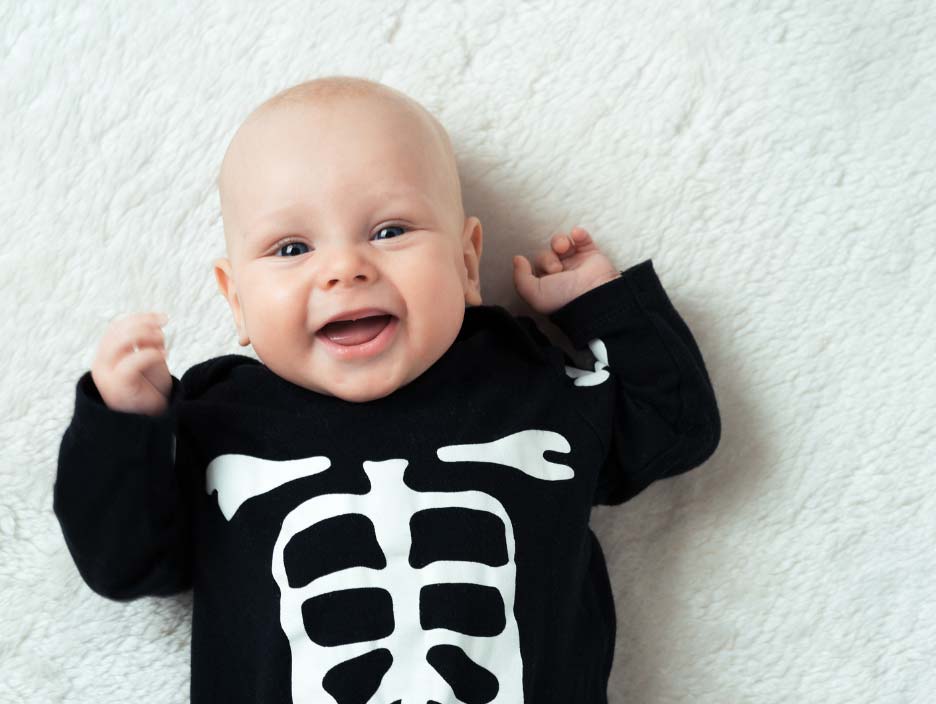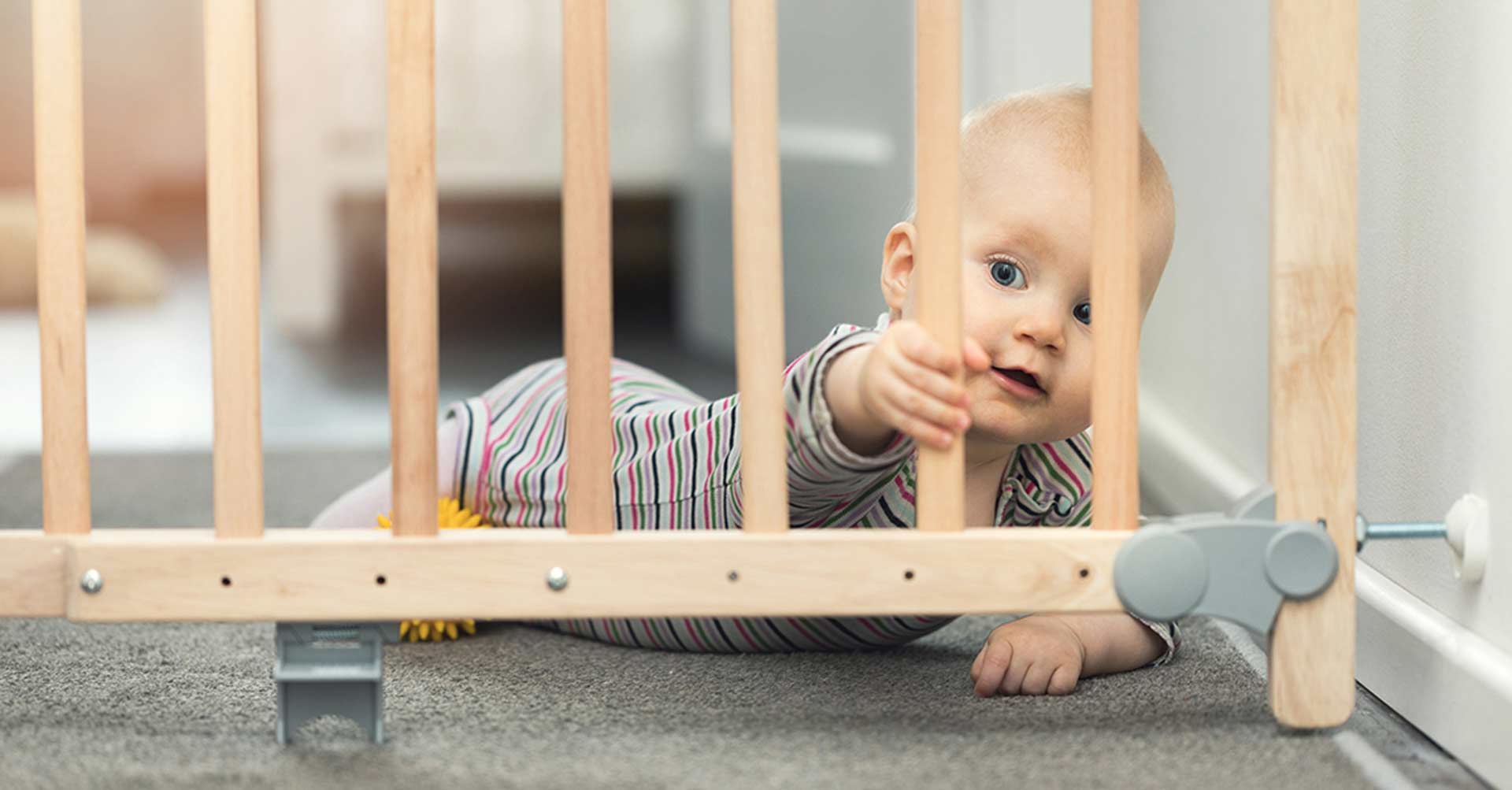Watching a baby grow from one year old to two is an incredible journey filled with rapid developmental changes. From a crawling, curious infant to an independent, active toddler, your child’s environment needs to adapt quickly. Baby proofing, which is crucial during the early months, becomes even more essential as your child explores new abilities. In this blog, we’ll explore the developmental milestones of one year olds and two year olds and how baby proofing needs to evolve to keep up with their growing curiosity and mobility.
1-Year-Old Developmental Milestones
At around 12 months, babies are typically becoming more mobile. Some common milestones include:
- Walking: Most children begin taking their first steps between 9-15 months.
- Curiosity and exploration: Crawling or cruising (walking while holding onto furniture) is their primary mode of exploration.
- Grasping small objects: Improved fine motor skills mean they can pick up small items with their fingers—watch out for choking hazards!
- Mouthing objects: Everything goes into their mouth, which makes it crucial to keep harmful substances or small objects out of reach.
Baby Proofing for a One Year Old
With these new developments, your home needs to be a safe playground:
- Secure furniture: Since babies will pull themselves up on furniture, ensure that bookshelves, dressers, and TVs are anchored to the wall to prevent tipping.
- Baby gates: Crawlers and early walkers need baby gates installed at the tops and bottoms of stairs and in doorways to limit access to unsafe areas.
- Choking hazards: As babies’ hand-eye coordination improves, they are likely to find tiny objects. Keep small items like coins, batteries, or beads securely stored away.
- Locks and latches: Cabinets with cleaning supplies, medicines, or breakables should be secured with safety locks. Ensure sharp objects are kept in latched drawers.
- Electrical outlets: Cover all unused electrical outlets with safety plugs to prevent tiny fingers from exploring dangerous areas.
2 Year Old Developmental Milestones
By the time your child reaches two years old, their world expands even further:
- Running and climbing: Two-year-olds are often highly mobile, and their love for running and climbing can lead them into dangerous situations quickly.
- Problem solving: They begin to figure out how to open drawers, turn knobs, and undo latches, which means more advanced safety measures are required.
- Greater independence: Your toddler will want to explore rooms, open doors, and access new areas. They are also likely to climb on furniture, counters, and even out of their cribs.
- Language development: Communication skills grow, and they may be able to understand some safety instructions, but supervision is still essential.
Baby Proofing for a Two Year Old
With these new skills, your home safety approach needs to evolve:
- Door knob covers: Curious toddlers may want to venture into bathrooms, kitchens, or out of the house. Install childproof door knob covers to prevent access to unsafe areas.
- Window locks and guards: Toddlers love to climb, and windows become a potential danger. Install window guards or locks to prevent falls.
- Furniture and counter climbing: Make sure all heavy furniture remains anchored and keep chairs or other objects that could serve as “steps” away from counters, tables, and bookshelves.
- Kitchen safety: Two-year-olds may now be tall enough to reach stovetops or counters, knife blocks etc, so use stove guards and keep unsafe items out of reach. Lock away sharp utensils and cleaning supplies.
Adjusting Your Safety Plan: What to Keep in Mind
Baby proofing is never a one-time effort, especially between the ages of one and two. As your child grows, they’ll constantly find new ways to test boundaries and explore their surroundings. Regularly reassess your home for new potential dangers and upgrade your baby proofing measures as necessary.
- Reevaluate every few months: As your child’s mobility and curiosity grow, so should your baby-proofing efforts. What worked at 12 months may not be sufficient at 18 or 24 months.
- Keep supervision a priority: While baby proofing products are incredibly helpful, they’re no substitute for active supervision. Always keep an eye on your child, especially in new environments or during activities like eating, bathing, or playing outdoors.
- Consider your child’s personality: Some toddlers are more adventurous, while others are more cautious. Tailor your baby proofing efforts to your child’s behaviour, keeping in mind that even cautious toddlers can have unpredictable moments of curiosity.
Conclusion
The transition from one-year-old to two-year-old is an exciting period of growth and exploration for both you and your child. By adjusting your baby proofing methods to match their developmental milestones, you can create a safe environment that allows them to thrive while giving you peace of mind.
If you need help reassessing or updating your home’s baby safety or want to purchase a safety pack, reach out to First Steps Safe Steps. We specialise in customised safety solutions for your growing child’s needs.


